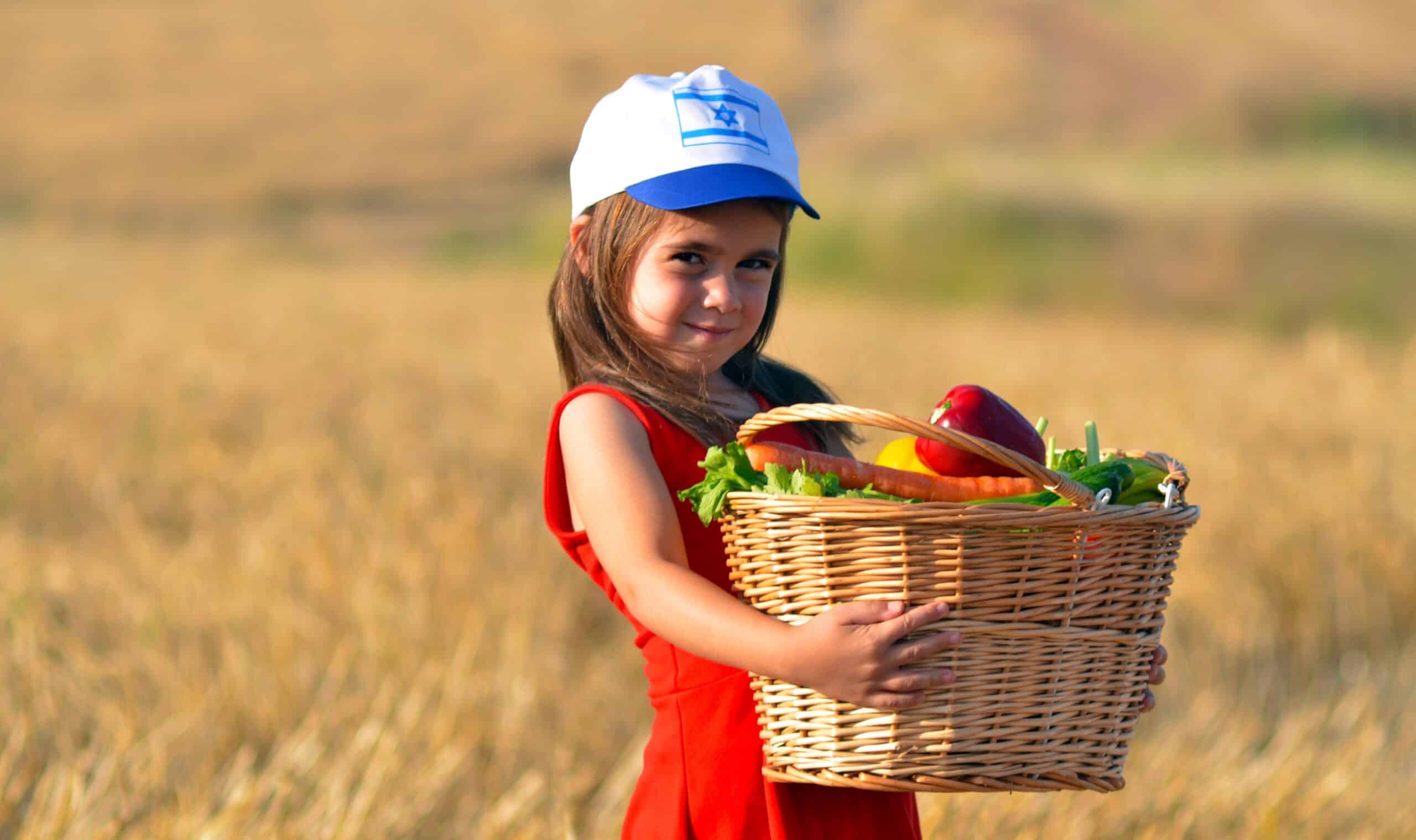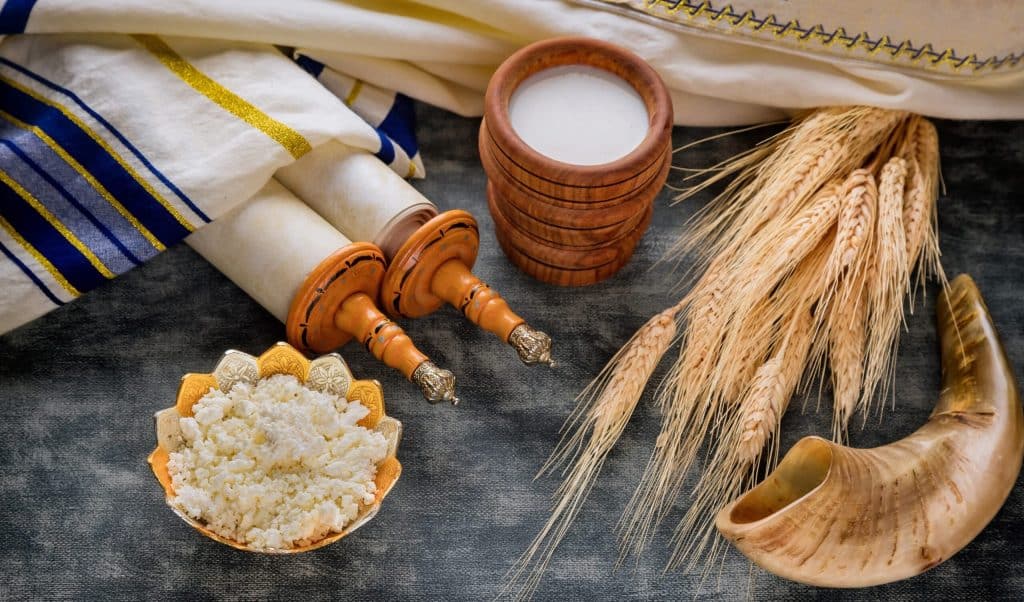Reawaken ancient flavours this Shavuot with kali—a simple yet storied dish once shared across the fields of ancient Israel, savoured by harvesters, prophets, and kings. In India, this age-old grain is known as ragi, or finger millet, celebrated for its nourishing heritage across generations
When most people think of Shavuot, creamy cheesecakes and sweet blintzes likely come to mind. But this festival, rich with layers of meaning, began not with dairy — but with grain. In ancient Israel, Shavuot marked the wheat harvest, a time when farmers would journey to Jerusalem, Israel, arms full of first fruits, to give thanks at the Temple.
It’s no coincidence that the Book of Ruth is read during this season. More than a story of love, it is a story of harvest, renewal, and legacy. Ruth, a Moabite widow, returns to Bethlehem with her mother-in-law Naomi, seeking a new beginning. She finds work gleaning barley in the fields of a man named Boaz — a moment that would quietly alter the course of Jewish history.
Boaz sees Ruth’s humility and strength. He offers her a simple, hearty meal shared with the fieldworkers — kali, roasted grain. This ancient dish, humble in appearance, is the thread that ties together a legacy. Ruth and Boaz marry, and their great-grandson would be none other than King David.
“A son has been born to Naomi; they named him Obed — he was the father of Jesse, the father of David.” (Ruth 4:17)
Though Ruth gave birth, it is Naomi who is blessed, reminding us that healing and belonging can transcend generations.
A Royal Connection to Shavuot
Jewish tradition holds that King David was both born and passed away on Shavuot. Each year, pilgrims still visit his traditional resting place on Mount Zion in Jerusalem, quietly honouring his memory. Yet few realise that one of David’s most enduring links to the festival may be… a bowl of roasted grain.
Kala — or kali — pops up throughout David’s life in key, almost poetic moments. Abigail, who would later become his wife, brings him roasted grain as he hides from Saul in the wilderness:
“Then Abigail hurried and took… five seahs of roasted grain…” (1 Samuel 25:18)
Before facing Goliath, David brings roasted grain to his brothers on the battlefield:
“Take now for your brothers an ephah of this roasted grain…” (1 Samuel 17:17)
And when David flees Jerusalem during Absalom’s rebellion, his supporters bring him supplies — including, again, kali:
“…and wheat, barley, flour, roasted grain… to eat — for they said, ‘The people are hungry, tired, and thirsty in the wilderness.’” (2 Samuel 17:28)
Across these verses, a pattern emerges. Kali isn’t simply a snack. It’s sustenance during hardship, a gesture of hospitality, and a food tied to courage, compassion, and care.
A Grain That Traveled Through Time

Kali has journeyed across centuries, carried by Jewish communities in every corner of the world. In Yemen, it often begins the Shabbat meal, nestled beside nuts and lentils. Ethiopian Jews treasured it as survival food — a handful could fuel an entire day of travel on foot. In other cultures, roasted grains were lovingly prepared during harvest as a symbol of gratitude and divine blessing.
And yet, this dish has never lost its meaning. It speaks of resilience. Of a connection to land. Of stories passed down, not through books or scrolls alone, but through taste.
Try Kali at Home This Shavuot
What makes kali special is not only its history but how beautifully simple it is to prepare. It’s a dish that needs no elaborate equipment or exotic ingredients. It’s meant for everyone — for shepherds and queens, pilgrims and poets… and for your own Shavuot table.
Here’s how to make it:
Traditional Kali Recipe
Ingredients:
- 2 cups clean wheat grains
- 1 teaspoon salt
- 4 cups boiling water
- 1 tablespoon olive oil
Method:
- Rinse the wheat grains well.
- In a pot, combine with boiling water and salt. Cook for about 3 minutes.
- Drain thoroughly and allow the grains to dry for an hour.
- Heat the olive oil in a pan over high heat. Add the grains and roast, stirring constantly, until golden and fragrant.
- Serve warm or cool, with a light sprinkle of salt if desired.
This year, let your Shavuot celebration be rooted not only in cheesecake and flowers, but in the soil and soul of ancient Israel. Bring kali to your table — a dish once shared by harvesters, carried by prophets, offered in times of refuge, and enjoyed by kings.

One humble bowl, thousands of years of history. Let it nourish more than your body. Let it connect you to a legacy.
Read more – Latest
